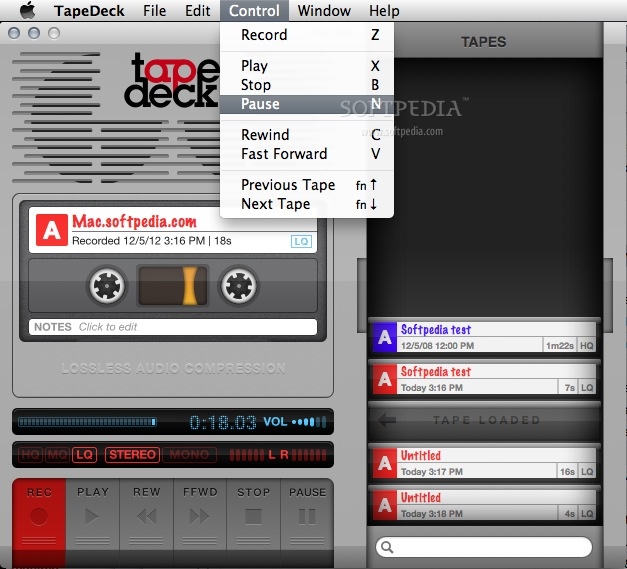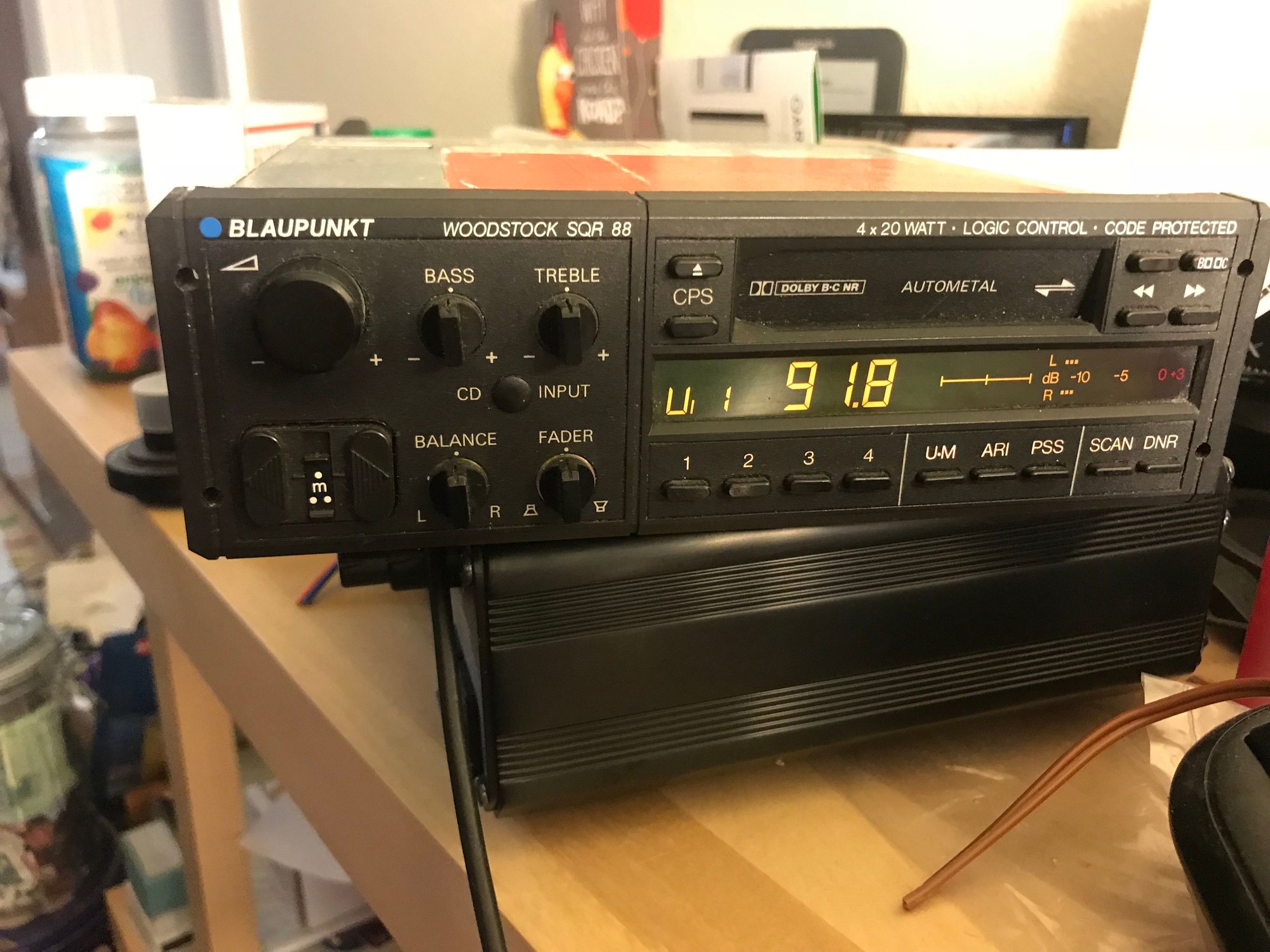

Creating cohesion between home and yard with a timbertech deck that prioritizes indoor-outdoor livingĢ.

So, they hired Yardzen to reimagine their space.ġ. Homeowners Chris and Heather purchased their 1926 bungalow in Berkeley, CA for the home's interior charm. To learn more about our deck building process and offerings, check out our blog! #archadeckofcolumbus We specialize in versatile outdoor living spaces, and we can't wait to help you discover the benefits of outdoor living. Your deck should be a reflection of what you imagine, and we are here to deliver this vision to you! Even if that means creating a combination deck & covered porch like the one seen here.

A great deck is one that you want to live on, eat on, read on, entertain on, or do the activities you enjoy most in your outdoor living space. But the most important thing is that our decks fit the way our clients want to live. You name it we’ve built every size, shape and color deck you can imagine. In Iran, for instance, cassette tapes of the revolutionary tirades of the Ayatollah Khomeini were wildly popular and widely distributed just prior to the Islamic revolution in that country.What does your dream deck look like? Archadeck of Columbus has been building decks in our area for more than a dozen years.
Alternatives to tapedeck professional#
Many bands started their careers as “tape traders” and scaled up later, as they developed a following, to professional studio recording.Īnd the impact of access to cheap recording and tape-making technology was not limited only to music or culture. The other major change the cassette tape brought about was the burgeoning of “grunge, “punk” and other alternative forms music in low-quality recordings, often distributed through “tape trading” networks. (That is more than the 21 cents you are paying for every blank CD you buy, though you can get a lot more music, at much better quality, on a CD but who ever said Canadian laws had to make sense?) To this day, you are paying a 29-cent “private copying levy” on every 40-minute-plus cassette tape you buy, though these days it is pretty unlikely you are going to waste your time copying music on it. In Canada and the USA, they quickly got their way. The record companies responded to this trend with the same ignorant wrath they display to the MP3 piracy of today, demanding that a “copying tax” be added to the price of all cassette tapes, regardless of whether they were to be used for making copies of music or not. It became a common practice for young people to hand out at each other’s houses through an evening, jointly putting together a “party mix” tape of favourite songs from the host’s collection. Tape recording also marked the beginning of the culture of music “piracy,” as consumers began taping their vinyl albums for use on their tape players, and started making tapes of their music collections to share with other people.

With the Walkman-style personal tape player, listening to music became a much more private experience-in some ways, music became a thing less listened to and more overheard, a kind of sonic wallpaper to our walks, jogs, bike rides and car trips.
Alternatives to tapedeck portable#
Starting with the “boom box” portable tape player, and moving on to the tiny Walkman personal tape player, they changed the way we related to music, both as consumers and producers. On the other hand, the record stores were quite fond of them: They were lighter and less bulky than vinyl records to ship and store, and you could fit considerably more stock on your retail shelves than you could with conventional music albums.Īnd, for all their faults, the cassette tape marked the start of a kind of sonic revolution-the advent of a lightweight, portable music medium we could start using to supply a musical soundtrack to our lives. The tapes had a disturbing propensity to mangle themselves they generated an irritating hiss over top of the music (a hiss you could tame a bit with Dolby noise reduction, at the cost of damping down the brightness of the high notes) and you often had to fast forward through a long stretch of wasted tape on one side, because the other side had more play time on it. The cassette tape, even in the brief period of the ‘80s, when it pretty much reigned supreme in the music stores, was never a much-loved technology, at least not for the general public. I suspect I am typical of most people my age in that I have a large collection of music tapes I never play anymore. One of the advantages of leading a disorganized life is that, from time to time, as you search for something you have mislaid somewhere, you come upon a number of other things you mislaid and forgot about long ago and discover their value all over again.Ī case in point occurred last Easter Monday afternoon, which I passed quite literally dusting off and rediscovering the cassette tape collection I stumbled on while looking for something else.


 0 kommentar(er)
0 kommentar(er)
